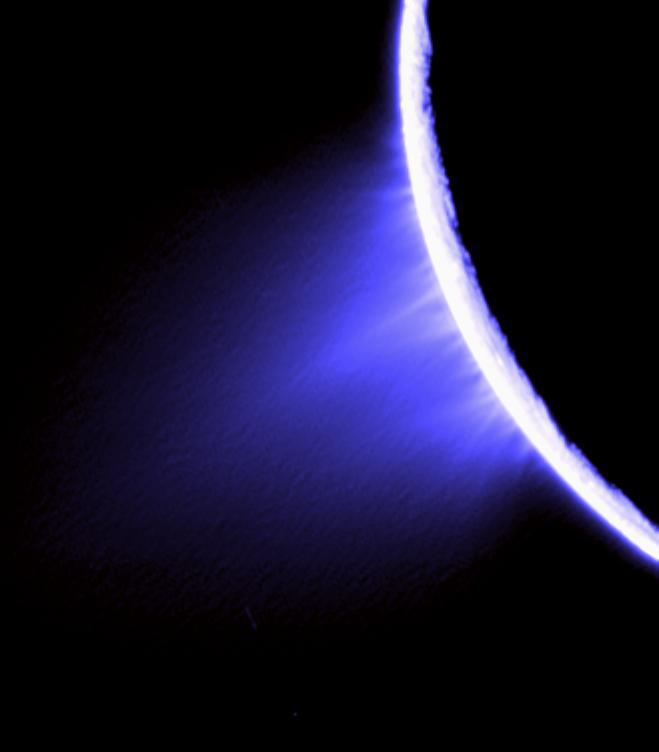The cryovolcanic situation on Pluto may be closer to that of Enceladus than that of Europa. Plumes were observed on Enceladus’s south pole by Cassini, which appear to be cryovolcanic in nature:

False color photograph of Enceladus’s south pole jets. Image in the public domain.
Tidal heating is thought to be a large contributor to the heat necessary to trigger the plumes. However, this is likely not enough. One explanation is the hot start model, popular for many years, in which Enceladus initially generated enormous internal heat through the decay of radioactive isotopes of aluminum and iron. Other elements that are slower to decay could then have provided more heat as the aluminum and iron stopped producing heat. The subsurface ocean that may have resulted on Enceladus could also exist on Pluto, according to Hussmann et al. (2006).
This is only one possible explanation for a heat source to power cryovolcanism, but there does need to be some sub-surface process on both Enceladus and Pluto that can cause these effects. The hot start model is a good option.
These two precesses do not need internal heat to explain the recycling of the surface, but you could say that Pluto is at least "glaciologically" active!